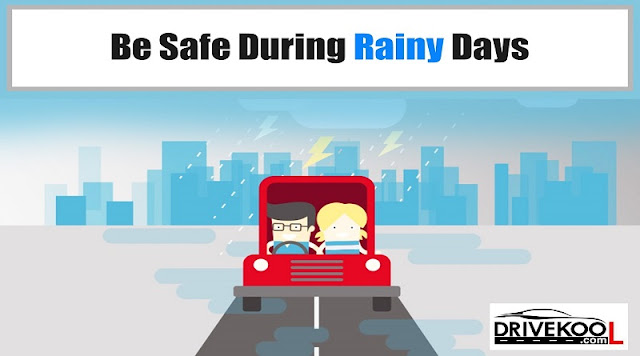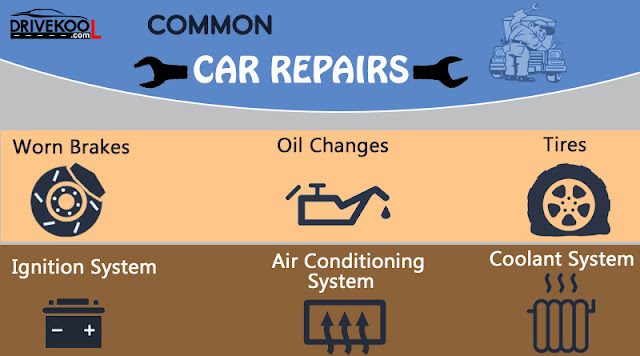DRIVING ON WET ROADS
Driving in weather conditions with heavy rains or gusty winds may seem like the most pressing concern for a motorist. Driving in any type of typical weather condition may prove risky for you and your family as well as other motorists on the road.
It is always advisable to postpone the journey, but in case of an emergency ensure all measures to safety. Driving in severe weather conditions require undivided attention of the driver. It is advisable to reduce any possible distractions, turn off the music system and keeping the mobile phone aside. In case of gusty winds, ensure safe distance from heavy motor vehicles like loaded trucks and trolleys. Keeping a firm grip on the steering wheel and a reduced speed are necessary to maintain control over the vehicle.
Hydroplaning is a phenomenon when the vehicle’s tyre travel on the thin layer of water on the roads during rains and not on the roads. It reduces grip of the tyres and hampers maneuvering abilities of the vehicle. It is a major reason for cause of accidents on wet roads. A motorist must maintain low speeds and firm grip over the vehicle during rains to avoid hydroplaning. It is also essential to use headlights during heavy rains to increase visibility of the driver and other approaching vehicles. Do not attempt to overtake during any severe weather conditions. Use your indicators, high beam lights and horns efficiently to pass signals and communicate on the roads. In case the storm escalates in intensity, stop your vehicle under a solid shade and wait for it to clear before starting off again. It is always risky driving after the rains because the oil on the roads reduce the tyre grips and reduce the braking and steering efficiency of the vehicles. Road safety is top priority.




Comments
Post a Comment